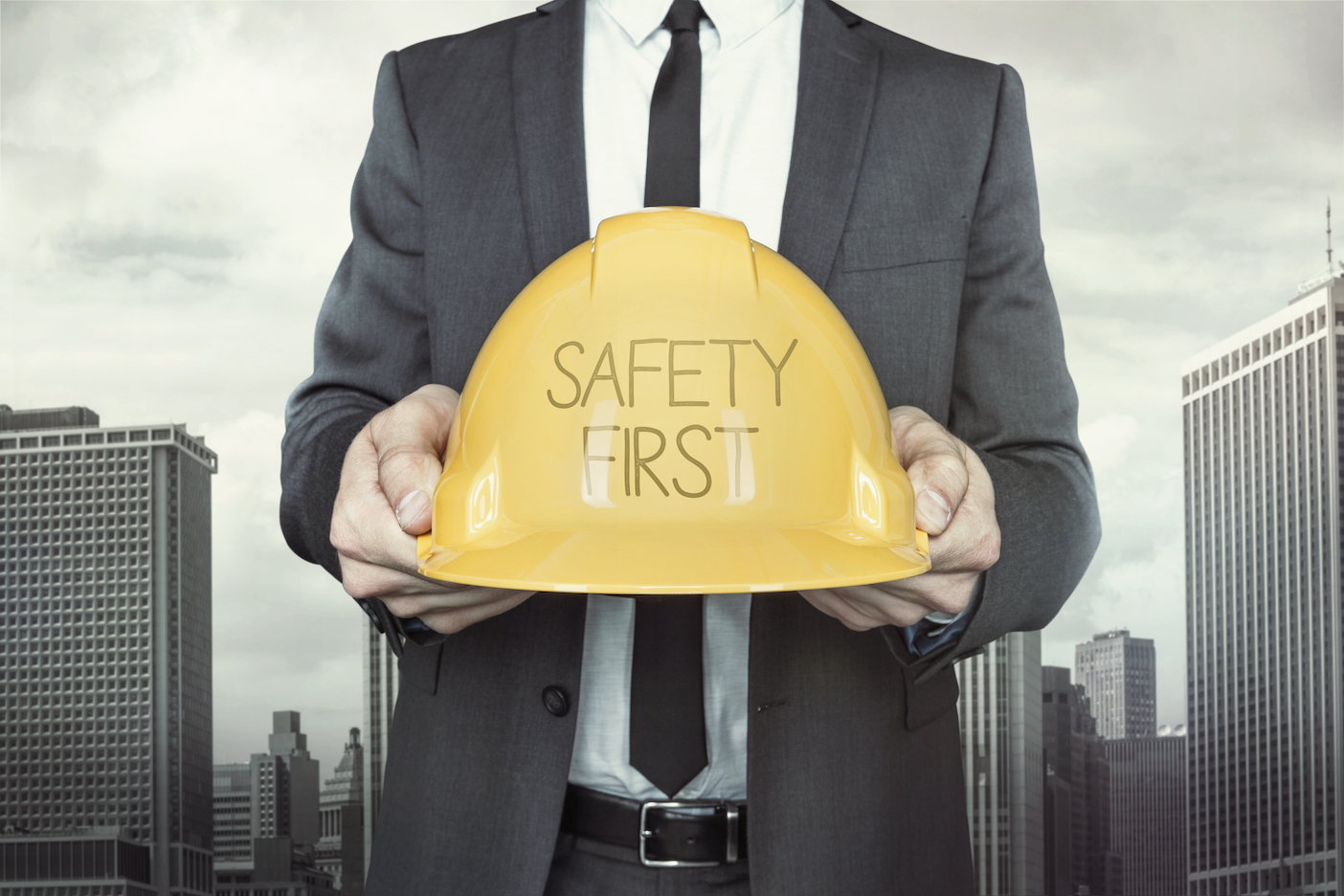Workplace bullying and mental health has been transitioning to be a key function of health and safety across the last decade. Where bullying has not been effectively managed in the workplace, there is a significant risk of injury to employees.
Yet what happens when those who we rely on to keep our employees safe in the workplace are the targets of bullying themselves. It is interesting food for thought.
Earlier this year, a study of 420 health and safety professionals was published. This research looked at the coping strategies they use and the impact of the bullying on their health and safety decisions.
The research categorised three key bully categories:
- work related bullying (eg. given unreasonable deadlines, having opinions ignored, excessive work monitoring)
- personal bullying (eg. being ignored or excluded, being subject to insults or offensive remarks, excessive teasing or sarcasm)
- physical intimidation (eg. threats of violence, actual abuse)
Unsurprisingly, it was found that those targeted by bullying were more likely to adopt coping strategies than those who were not. It was also found that all three categories were likely to produce a response that included planning (ie. thinking about strategies required to handle the bullying behaviours).
However, different categories lended themselves to specific coping strategies. Where work-related and personal bullying were combined, H&S professionals were more likely to engage in self distraction, active coping (eg. taking steps to attempt to get rid of the stressor or to reorganise its effects), behavioural disengagement (eg. giving up goals which involves the stressor), venting, positive reframing and acceptance.
Work-related bullying was linked to substance abuse, humour and self blame; while personal bullying was linked more to denial, emotional support (eg. compassion, sympathy), instrumental support (seek help, advice and information) and religion.
Overall, greater exposure to workplace bullying related to increased use of coping behaviour.
Also of concern was the fact that all three bullying tactics lead H&S professionals to make or change to risk or safety based decision. This was found more to be the case with work-related and physical than personal bullying.
The bullying of H&S professionals results in not only a risk to that individual’s workplace safety, but to your whole business. When unable to freely offer advice and opinions, companies and all employees are left vulnerable to the unaddressed and unmitigated risks.
At an individual level, when subject to workplace bullying, H&S professionals can become disengaged, prone to increased accidents and errors, and themselves make Workcover claims along with other workplace employees. They may also leave their careers, suffer unwarranted reputation damage and unemployment.
Are your health and safety professionals safe to give their honest opinions?
Are you curious to learn more about preventing and stopping workplace bullying?
Contact us now to start the conversation

